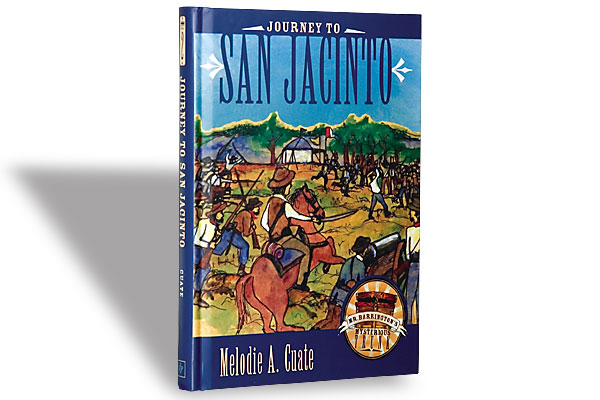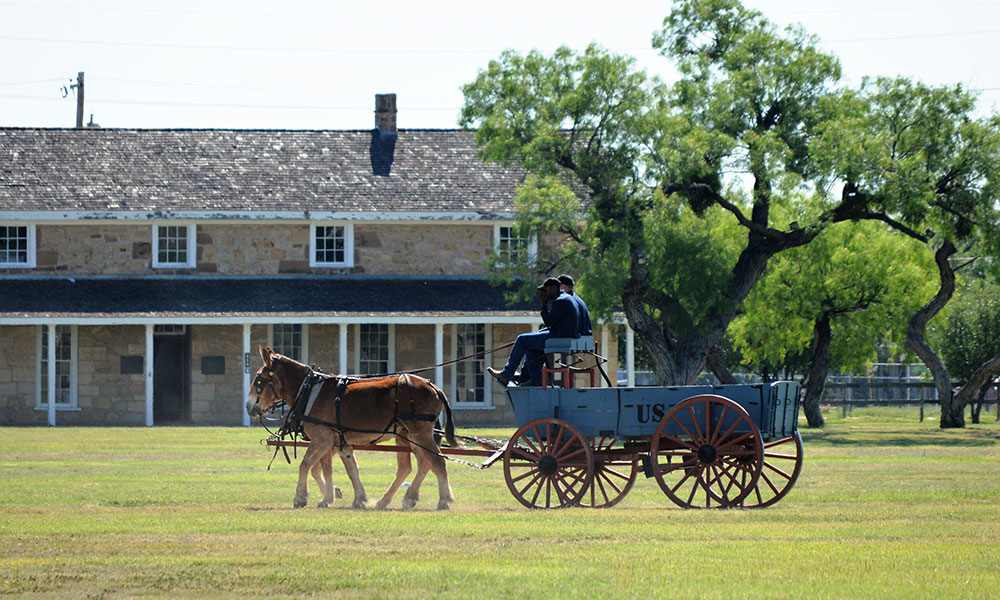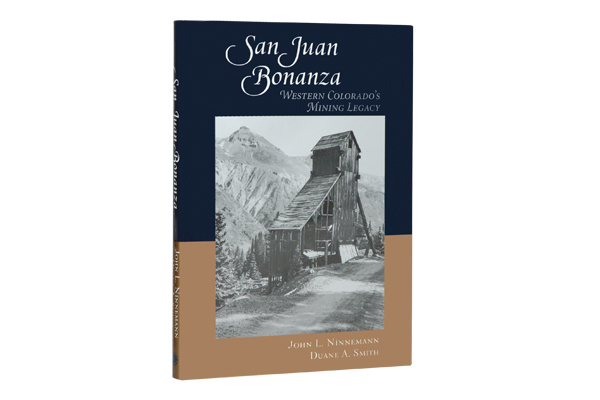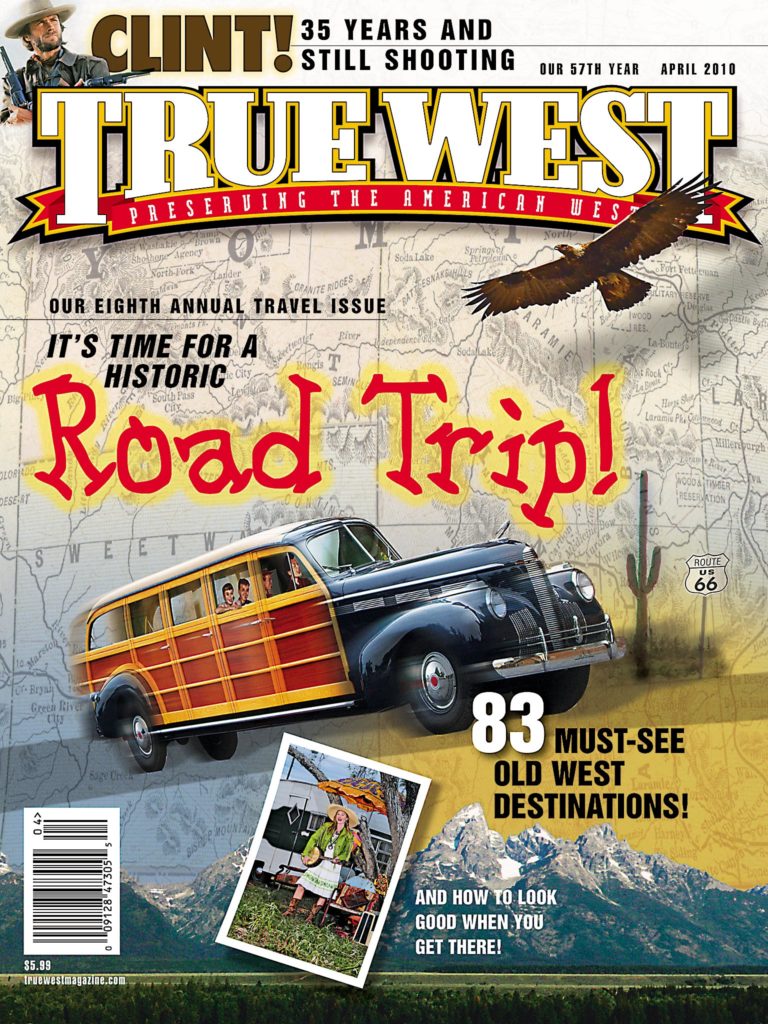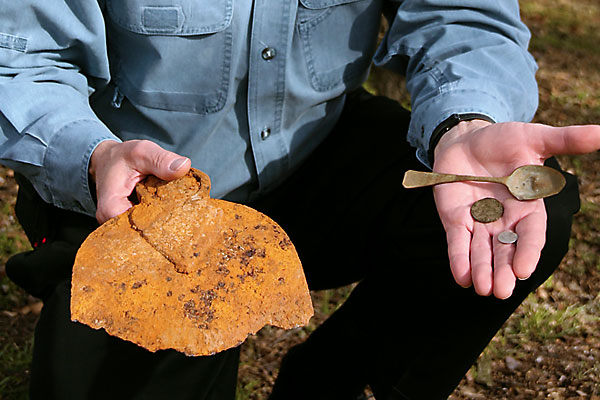
All that’s left now is an old cistern sitting in a pasture where cows graze-a tree growing out of it, standing as the only sentinel to this place that holds such a cherished spot in Texas history.
We’re some 50 miles northwest of Houston, which wasn’t even there when this Bernardo Plantation became the birthplace of Texas liberty—the staging area for Gen. Sam Houston’s troops before the history-changing Battle of San Jacinto on April 21, 1836.
Since the summer of 2009, archaeologists led by the Texas Historical Commission’s archaeology division have been exploring the site to both document and preserve the remains of this former cotton plantation that played a crucial role in the fight for Texas independence from Mexico.
Jim Bruseth, who has directed the archaeology division for 22 years, says, “This plantation is tremendously exciting for Texas—it’s where Texas got started.”
By the time Houston brought his troops here in retreat, the Texas freedom fighters had been bloodied in two slaughters—at the Alamo and Goliad—and were on the run from Mexican President and Gen. Antonio Lopez de Santa Anna, who called himself the “Napoleon of the West.”
When these rag-tag soldiers gathered at the Bernardo Plantation along the Brazos River, their blood was boiling with anger and vengeance, and on their lips was the battle cry: “Remember the Alamo, Remember Goliad.” They were encouraged by a most unusual gift—citizens of Cincinnati, Ohio, had sent them two cannons to help in their fight for independence—guns that history named the “Twin Sisters.”
The Battle of San Jacinto turned out to be a stunning reversal of fortune. Few military engagements in history have been more decisive or had such far-reaching effects.
This battle, pitting 910 Texians against some 1,600 Mexican soldiers, lasted less than 20 minutes and resulted in a crushing defeat for the Mexican army. Only nine Texians were killed and 30 wounded, while the Mexican army suffered 630 killed, 208 wounded and 730 prisoners of war. Santa Anna fled the battle but was captured the next day, and he soon signed an order retreating Mexican soldiers from the territory.
The exact site of that battle was recently found by a private archaeological effort funded by an American Battlefield Protection grant administered by the National Park Service. Roger Moore of Moore Archaeological Consulting of Houston directed that find—it was long suspected that the site originally marked in 1890 by veterans of the battle was off, and it was. Moore found the correct site, complete with unspent musket balls and Mexican uniform buttons—all of which will end up at the San Jacinto State Historic Site.
While he’s been digging things up since 1982, Moore admits to True West: “This is by far the most exciting project I’ve ever worked on.”
The Bernardo Plantation was the first and largest antebellum plantation in the West. Bruseth says it proved that the plantation system and large-scale cotton production could work outside the South. It was established in 1822 by Jared Ellison Groce II, one of the “Old Three Hundred” settlers drawn here by Stephen Austin’s dream of a colony in the Southwest.
Today, the land is owned by Greg Brown, publisher of Cowboys & Indians magazine. Bruseth notes that most of Texas is privately owned, so the cooperation of landowners allows for this kind of exploration to take place. He adds, “Mr. Brown has been extremely helpful and just as cooperative as he could be.”
Last summer, Bruseth led archaeologists with remote sensing equipment to the pasture to search for evidence of the plantation house and other outbuildings—including the first dentist’s office in Texas. “Our equipment is very sensitive, and we saw a faint outline that we thought could be the plantation house, as well as four chimneys—and history tells us the plantation house had four chimneys. We started digging, and the remote sensing equipment was exactly right.”
They found the original house, built of hand-hewn logs with two sandstone chimneys, as well as the sawn lumber addition with its two brick chimneys. Excavations are ongoing, but Bruseth says he’s now relying on private fund raising to continue the project.
“Ultimately, we will write a book on what we find at the plantation and the artifacts will be placed in Texas museums,” Bruseth says. He sees the project as not only amplifying the history of the plantation system in Texas, but also a way to reach out to descendants of the slaves who worked here.
“This is one of the great historical sites of Texas,” Bruseth says, “and I’m so excited to be part of it.”


